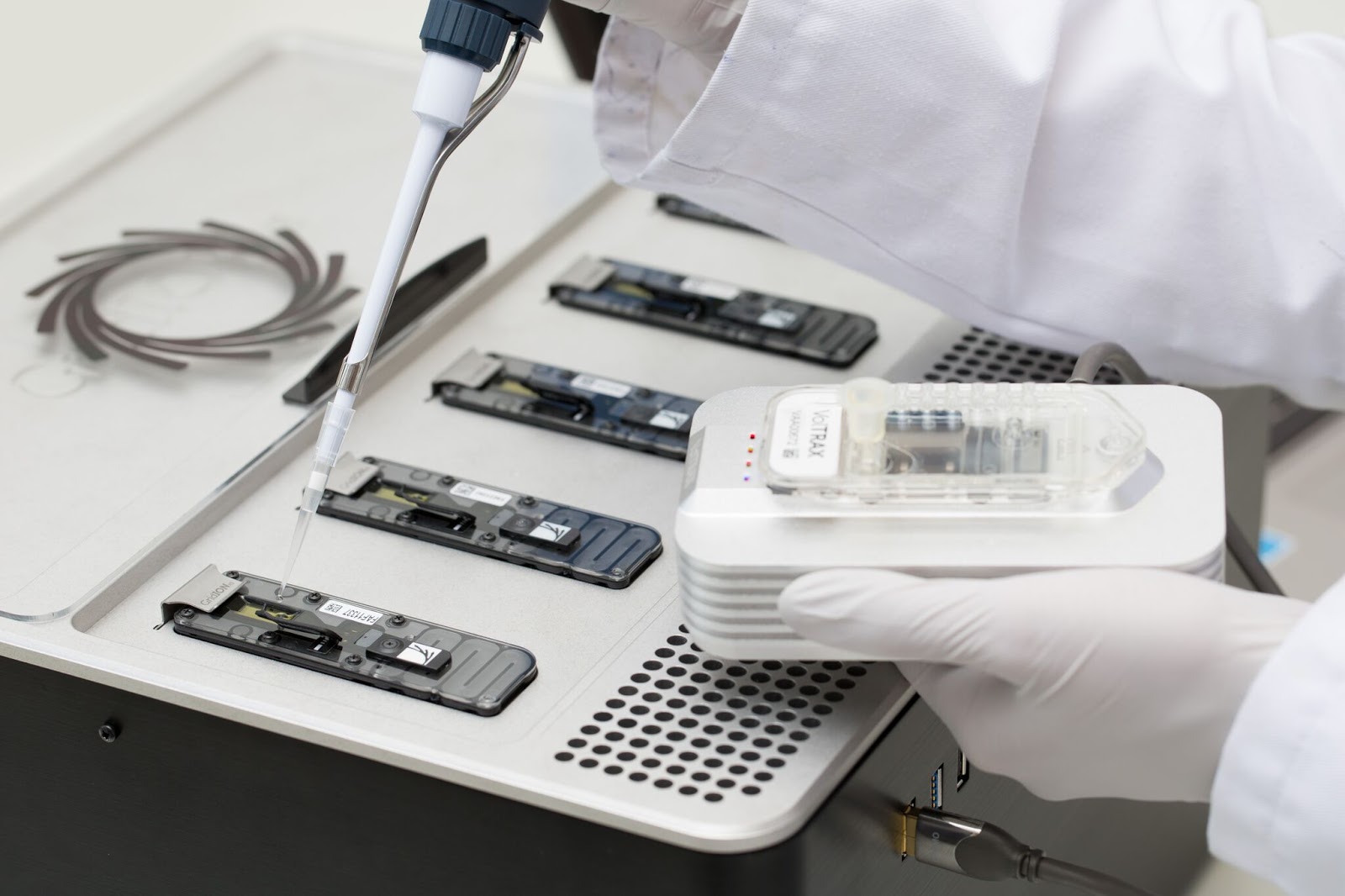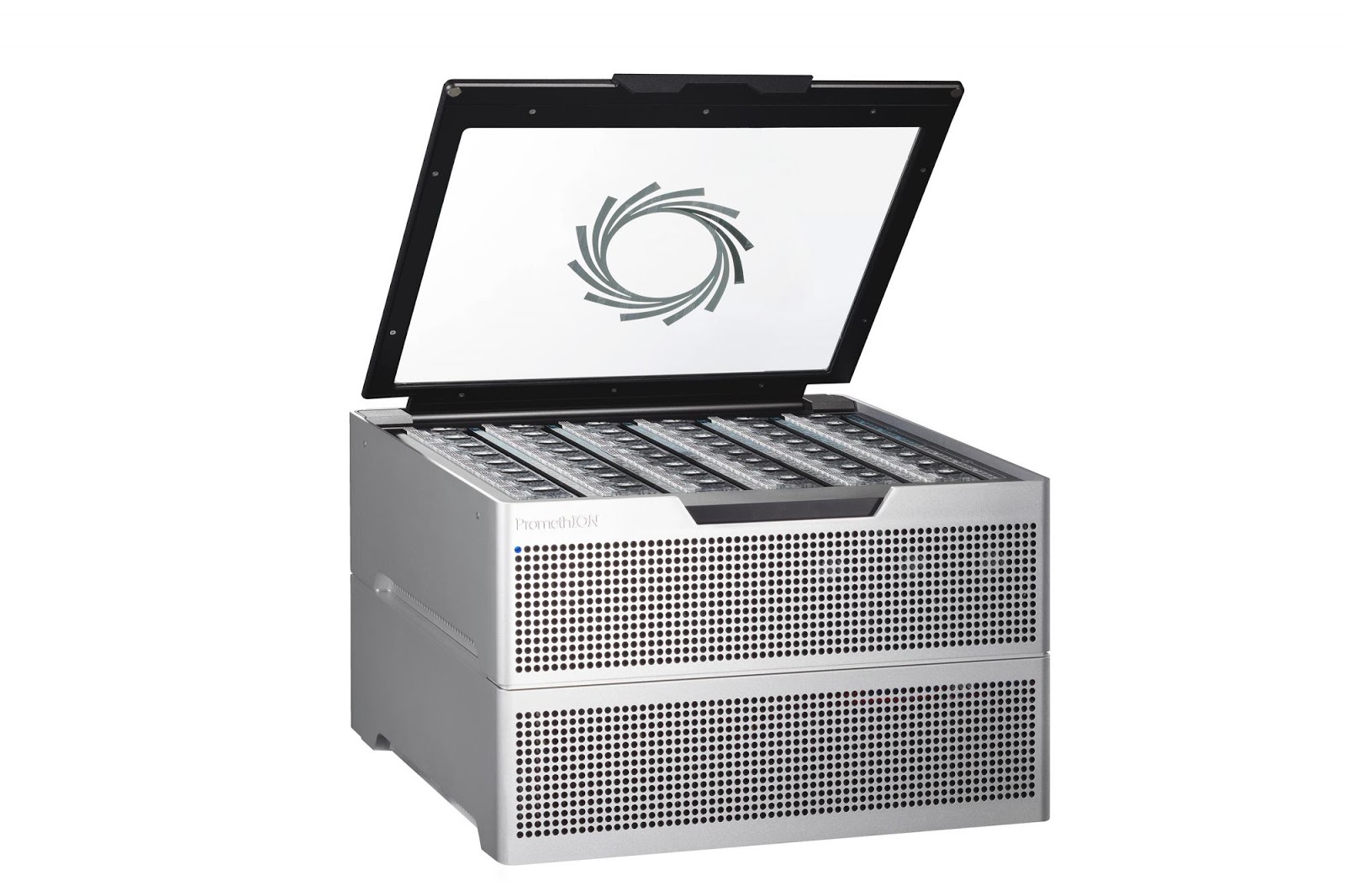- General
- October 19, 2018
- 6 minutes read
Oxford Nanopore gets £50 million ($66 million) investment from Amgen
Oxford Nanopore’s MinION DNA / RNA sequencing device in the palm of a hand Oxford Nanopore Biotech giant Amgen has invested…
 |
| Oxford Nanopore’s MinION DNA / RNA sequencing device in the palm of a hand
Oxford Nanopore
|
Biotech giant Amgen has invested £50 million ($66 million) into U.K. based proprietary sequencing technology developer and biotech unicorn Oxford Nanopore as part of efforts on alignment with Amgen’s strategic focus on making use of human genetics to deliver new medicines to patients.
The new round came through a purchase of ordinary shares based on the same price per share of Nanopore’s March funding round which valued the company at $1.55 billion. It’s likely the valuation stands the same for this round.
 |
| Oxford Nanopore’s GridION compact benchtop system, runs up to five MinION Flow Cells
Oxford Nanopore
|
Oxford Nanopore has brought to market a proprietary sequencing technology what makes use of nanopores (nano-scale holes made by proteins contained within a synthetic membrane) combined with electronics for performance of direct, real-time sequencing of DNA and RNA..
Its technology is fitted in scale ranging from pocket-sized to very high throughput benchtop devices able to sequence very long fragments of DNA or RNA which counts a high number of benefits in genomic analysis.
 |
| Oxford Nanopore’s PromethION high-throughput DNA / RNA sequencing device is designed to run up to 48 flow cells at any time. The system allows on-demand sequencing
Oxford Nanopore
|
“As a biotechnology pioneer, Amgen has demonstrated what can be achieved for society through innovation and a deep understanding of genetics,” Oxford Nanaopore CEO Gordon Sanghera said in a statement.
“The study of human genetics continues to uncover insights into the diseases we face as a society,” deCODE Genetics founder Kári Stefánsson also added. “Oxford Nanopore’s long-read sequencing capability creates a window into parts of the genome that have been out of reach, as well as giving us a much better handle on structural variants that confer risk of a wide variety of diseases. We have used Oxford Nanopore technology to sequence several hundred human genomes and continue to see the promise of this emerging technology.”







